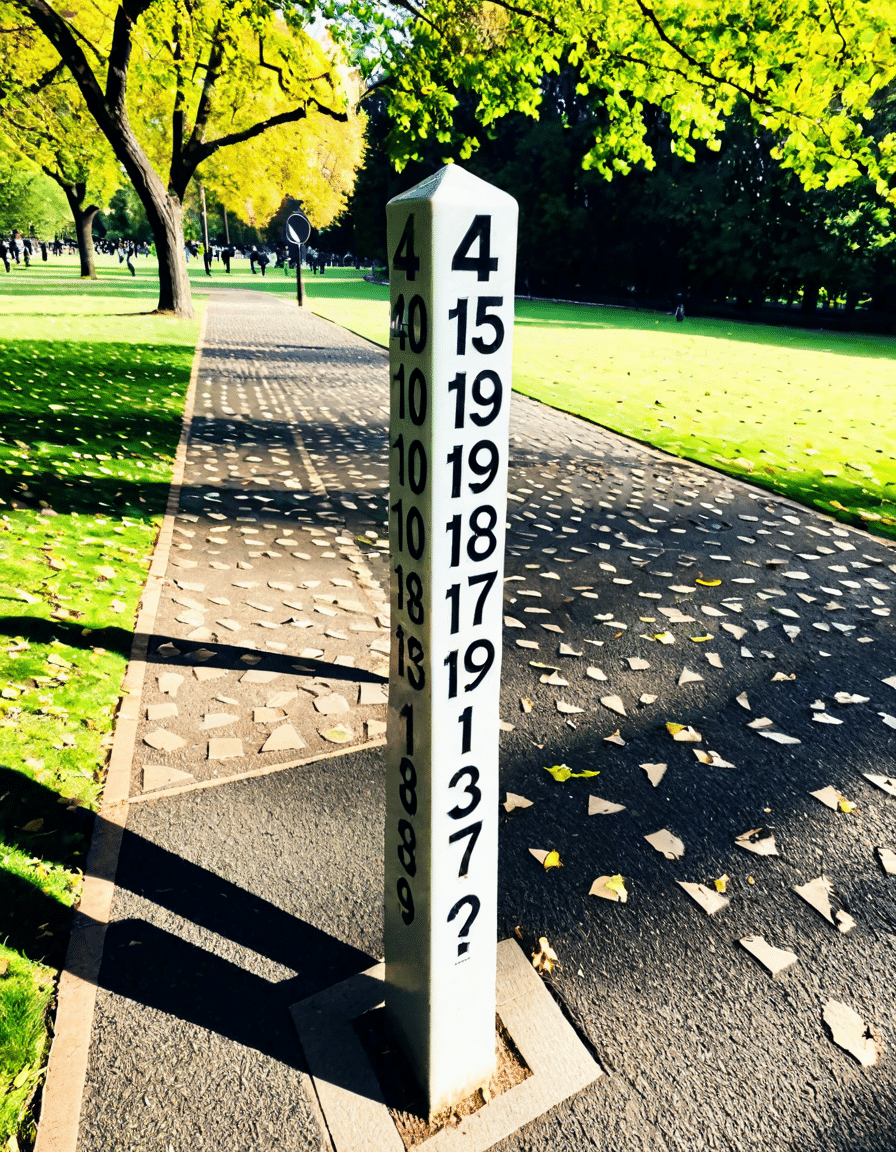When it comes to understanding how many steps is a mile, many folks think they have it all figured out. But, surprise! The truth is a bit more complex than you might imagine. Grab a seat, and let’s dive into this topic to unpack what really goes into those numbers. Your journey toward fitness goals and a ripped physique starts here, and knowing how many steps is part of that great path to success.

Understanding the Basics: How Many Steps Is a Mile?
To kick things off, let’s lay down some basics. The truth is, the number of steps it takes to complete a mile can swing quite a bit due to a handful of factors. Things like your height, stride length, and whether you’re walking or running dramatically shift those figures. On average, a person may take between 2,000 and 2,500 steps to walk a mile. That considerable variation plays a key role when you’re setting your fitness goals or just trying to hit that daily activity level.
For instance, the average adult strides roughly 2.5 feet per step when walking. This means that if you’re walking, you’d tally about 2,000 steps for a mile. If you’re strutting your stuff as a runner, your stride length might stretch that number out, resulting in fewer steps for the same distance. It’s all about moving efficiently and smartly toward your health goals.
Now let’s not forget the relationship between walking and running. As we all know, runners typically have a longer stride, so that’s another reason you might end up counting fewer steps if you’re cruising down the track. If you can tap into that rhythm and lengthen your stride, you’ll be racing toward those fitness milestones in no time!

How Many Steps Does a Typical 5k Require?
Alright, now let’s gear up for a peek into events like a 5k, which is approximately 3.1 miles. So how many steps is a 5k? Well, using the estimated numbers we discussed, it’s not hard to figure out.
If you’re aiming to take on a brisk walk or prepping for that local charity race, consider grabbing a fitness tracker. These nifty gadgets can crunch those numbers and help you quantify just how many miles you’ve knocked out. Knowing your stats can make a personal difference while you’re sweating toward that ripped six-pack you’ve always dreamed of.

The Science Behind Steps: Factors Influencing Your Count
Here’s where it gets even more interesting. Different factors play into how many steps you’ll take during your daily activities. Let’s break it down:

Real-Life Applications: Tracking Steps for Fitness Goals
Let’s dive deeper into how these figures apply to real life. Fitness brands like Fitbit have trademarked this concept, boasting trackers that let you monitor your steps and challenge you to meet daily goals. Many set a target of 10,000 steps daily, equating to about 4-5 miles depending on your unique stride.
When you couple step tracking with your daily movements, you can document your progress and kick those fitness milestones into high gear. Just imagine how powering through 10,000 daily steps could transform your body and mindset as you gun for those shredded six-packs.

The Broader Impact: Steps on Health and Wellness
Stepping beyond mere numbers, research has consistently shown that the number of steps taken daily connects deeply to cardiovascular health, weight management, and overall mental well-being. Studies highlight how walking 10,000 steps daily can significantly lower the risk of serious health issues—think heart disease and more.
Organizations like the American Heart Association push for step-counting initiatives as a seamless way to boost physical activity across various demographics. If it’s simple enough to help save lives, then it’s worth consideration.
Walking, Running, and Your Overall Health
Making walking and running a core part of your daily routine has countless health benefits, from better cardiovascular health to mood enhancement thanks to those endorphins released during movement. Every slight variation in your step count can have a monumental impact on your fitness level and overall health.
What’s even more uplifting is the rise of community-driven efforts to promote these activities. Local walking clubs are popping up like wildflowers in spring, emphasizing the importance of social interaction as you pursue your fitness ambitions. Throwing in discussions about how many miles is a 5k adds to that engagement, fiddling with conversations that pull us all deeper into our shared wellness objectives.
Communities coming together to embrace these activities fosters not just a sense of camaraderie but illuminates the often-overlooked simplicity of tracking one’s steps for broader health advantages.
Stepping Forward: Challenging Your Fitness Limits
There you have it! The surprising truth about how many steps is a mile transcends numbers; it’s about forging your own fitness path. Armed with this newfound knowledge, you’re well-equipped to set realistic daily goals, track your achievements, and enhance your overall well-being.
Whether you’re aiming to walk that first mile, slaying a 5k, or training for your first marathon, understanding the relationship between steps and distance is crucial. Movement can be a life-altering experience that kicks off with just a few steps. Knowing your numbers encourages progress toward your fitness milestones, and every step is a step closer to that shredded physique you seek.
Now, let’s get out there and make every step count! The best time to start is now. so lace up those shoes and embrace the journey ahead—because you’re ready to transform!
How Many Steps Is A Mile? The Surprising Truth Behind It
The Step Count Breakdown
Ever wonder how many steps is a mile? Well, most folks will tell you it’s roughly 2,000 to 2,500 steps, depending on your stride length. If you’re a short little dynamo, you might find yourself on the higher end of that range. But if you’re taller, you might stroll through a mile in fewer steps. It’s all about those legs, baby! Speaking of tall tales, did you know that the cast of Woody Woodpecker Goes to Camp includes vocal legends who put their own unique spin on things, just like our footfalls can vary in a mile?
Plus, let’s not forget that walking a mile can burn anywhere from 80 to 150 calories based on your weight and the speed at which you walk. So, if you’re meandering at a leisurely pace, you can enjoy your favorite local food without the guilt. Perhaps get some delicious turkey food for lunch afterwards, right? It’s a simple way to be mindful of those calories while still enjoying life’s pleasures!
Fun Walking Facts
Now, while we’re on the topic of steps, here’s a quirky little nugget! Did you know that the average person walks about 100,000 miles in a lifetime? That’s like strutting all the way to the moon and back, if you consider that a mile is around 238,900 miles away. By the way, if you’re in the mood for some easy living, there’s a new Wednesday dance song out that’ll make you want to bust a move while walking those miles!
And how does this tie into culture, you ask? Well, if you’ve ever tried to share your thoughts about family in Spanish, you might’ve learned that saying daughter in Spanish is as simple as saying “hija” — just like tracking your steps can help you realize how far you actually go in life. We may take thousands of steps each day, but each one counts, particularly if you’re dreaming The American dream, one step at a time!
Practical Tip for Step Counting
Before heading out for your next adventure, here’s a little word of advice: grab a step tracker or just use your phone. These nifty gadgets can help you keep tabs on how many steps is a mile for your specific stride. With the right app, you could even order some Chinese food delivery right when you finish — what a treat after a fulfilling walk! Walking isn’t just about the exercise; it’s about creating memories and indulging in the simple things that life has to offer. So lace up those shoes, hit the road, and keep counting your steps!



























